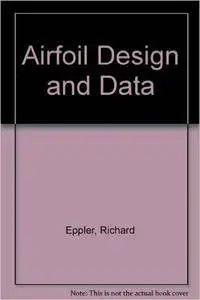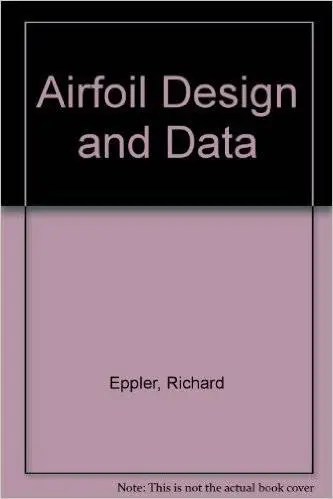Airfoil Design and Data - Eppler Richard
Springer-Verlag (October 1990) | ISBN: 038752505X | English | 562 pages | PDF | 98 MB
Springer-Verlag (October 1990) | ISBN: 038752505X | English | 562 pages | PDF | 98 MB
This folder also includes three supporting documents for the convenience of the reader, noted below. ——
Anyone with an interest in airfoil aerodynamics will find value in Airfoil Design and Data, as this book represents the latest state of Prof. Dr. Eppler's work on airfoils which began more than 45 years ago.
In the two-dimensional realm, a number of Panel Codes have been developed for airfoil analysis and design. The codes typically have a boundary layer analysis included so that viscous effects can be modeled. Prof. Dr. Richard Eppler of the University of Stuttgart, developed the PROFILE code, partly with NASA funding, which became available in the early 1980s.
PROFILE is very efficient and has been successfully applied at Reynolds numbers from 30,000 to 50,000,000. A compressibility correction to the velocity distributions, which is valid as long as the local flow is not supersonic, has been incorporated into the code. (A description of the PROFILE methodology is included as a separate PDF.)
The major subject of this work is the continuous development of this computer program which allows to solve the potential flow problem for given airfoils and to design airfoils from the properties of their velocity distributions. After the solution of these potential flow analysis and design problems, the boundary layers can be computed and the total lift, drag and moment coefficients can be evaluated.
The first five chapters of this book describe a procedure for the design and analysis of subsonic airfoils. The data section contains 116 new airfoils for a wide range of Reynolds numbers and application requirements. This volume contains design parameters, aerodynamic data and coordinate tables for airfoils for low Reynolds numbers, man-powered aircraft, airfoils for sailplanes with and without flaps, high lift airfoils, general aviation aircraft, aerobatic aircraft, tailless aircraft, vertical and horizontal tails, propellers, helicopter rotor blades, hydrofoils, and non-lifting struts. The design features are explained and the input data for computer codes are given for all airfoils.
A NASA TM (included as a separate PDF) contains a listing of the original program which invited some smart people to retype it. However, this early 1979 version should not be used anymore because it's missing ten years of development and improvements. The latest version of the program is available from Universitat Stuttgart. Inst. for a fee. (The latest version of the PROFILE User Manual is included as a separate PDF.)
Contents:
1 Introduction
2 Potential Flow, Analysis Mode
3 Potential Flow, Design Mode
4 Boundary Layer Theory
5 General Considerations for the Selection of the DesIgn Parameters
6 Airfoil Data
Appendix I: The Mathematics of the Inverse Potential Flow Method
Appendix II: Airfoil Coordinates
Appendix III: Airfoil Input Data
References



